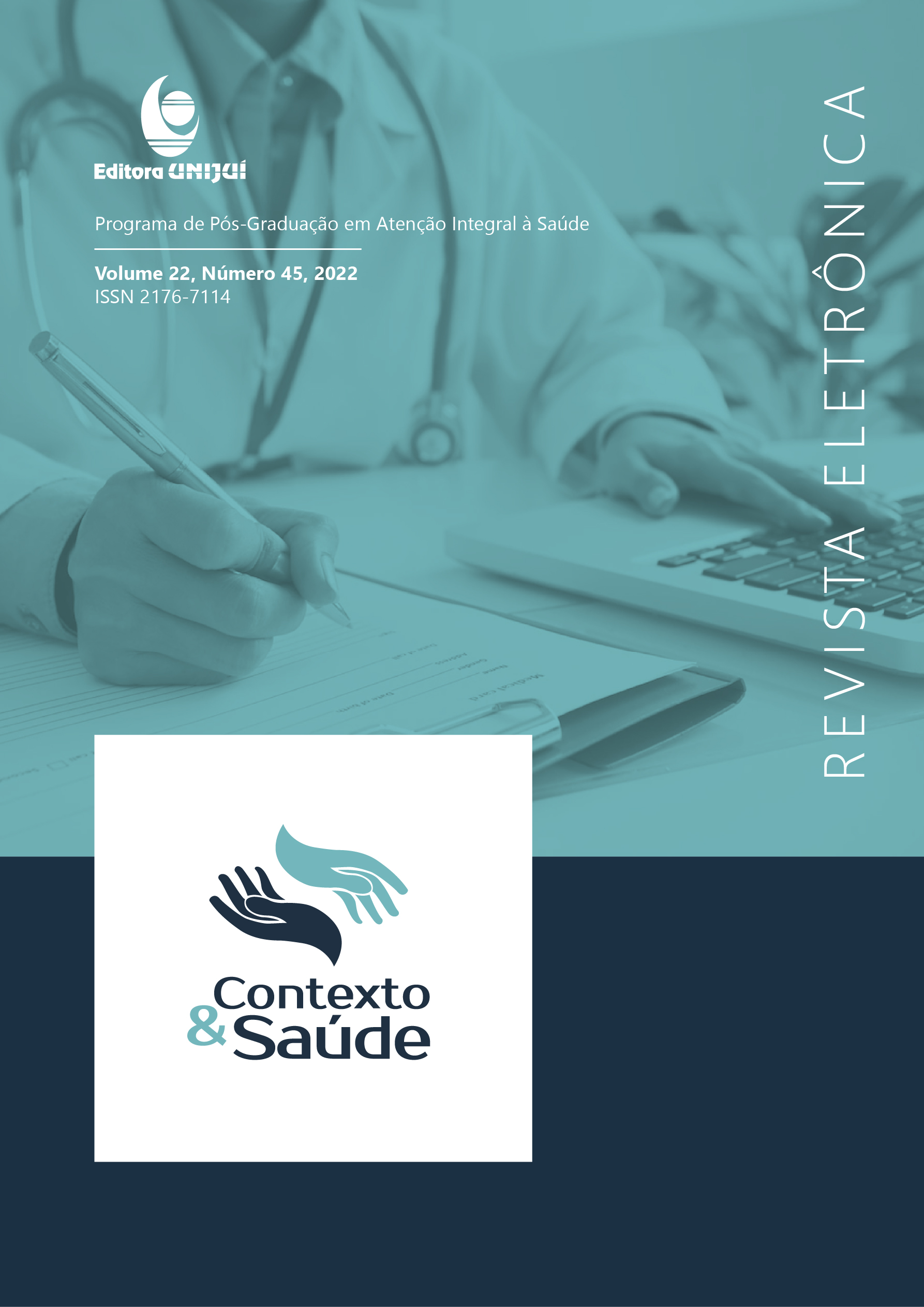Use and prescription profile of vaginal miconazole in a basic health unit
Keywords:
Estratégia Saúde da Família, Saúde da Mulher, Candidíase Vulvovaginal, Assistência FarmacêuticaAbstract
Objective: describe the perspective of the use and supply of Miconazole Nitrate 20mg/g vaginal cream from prescriptions attended by the pharmacy of the Basic Health Unit (BHU) in the Federal District, Brazil. Methodology: cross-sectional observational study carried out at the BHU pharmacy with data from the Alphalinc system and information on the Miconazole Nitrate prescriptions for vaginal cream dispensed between February and July 2020. Results: 74.5% of the prescriptions were for patients aged between 25 and 64 years. 72.7% of the patients had no previous drug withdrawals registered in the system. Of the supplies made on the same day of the prescription date, 91.3% of the prescriptions were issued at the study's BHU. The medical professional category prescribed 52.4% of prescriptions. The prescribed dosage was in accordance with the protocol in 74.9% of the prescriptions. Regarding the use information complementary to the dosage expressed in the prescriptions, the most frequent one was about the time of application of the medication, appearing in 83.1% of them. 47.2% of the prescriptions contained only Miconazole as a medicament, and, of those that presented another substance, the most frequent was Fluconazole, being prescribed in 22.5% of them. Conclusion: in addition to describing the profile of the prescriptions for Miconazole Nitrate vaginal cream, the study reinforced the concept of health promotion and disease prevention in the family health strategy, based on reflections on aspects involving primary health care, pharmaceutical services and women’s health.
Downloads
Published
How to Cite
Issue
Section
License

This work is licensed under a Creative Commons Attribution 4.0 International License.
By publishing in Revista Contexto & Saúde, authors agree to the following terms:
The works are licensed under the Creative Commons Atribuição 4.0 Internacional (CC BY 4.0) license, which allows:
Share — to copy and redistribute the material in any medium or format;
Adapt — to remix, transform, and build upon the material for any purpose, including commercial.
These permissions are irrevocable, provided that the following terms are respected:
Attribution — authors must be properly credited, with a link to the license and indication of any changes made.
No additional restrictions — no legal or technological measures may be applied that restrict the use permitted by the license.
Notes:
The license does not apply to elements in the public domain or covered by legal exceptions.
The license does not grant all rights necessary for specific uses (e.g., image rights, privacy, or moral rights).
The journal is not responsible for opinions expressed in the articles, which are the sole responsibility of the authors. The Editor, with the support of the Editorial Board, reserves the right to suggest or request modifications when necessary.
Only original scientific articles presenting research results of interest that have not been published or simultaneously submitted to another journal with the same objective will be accepted.
Mentions of trademarks or specific products are intended solely for identification purposes, without any promotional association by the authors or the journal.
License Agreement (for articles published from September 2025): Authors retain copyright over their article and grant Revista Contexto & Saúde the right of first publication.

